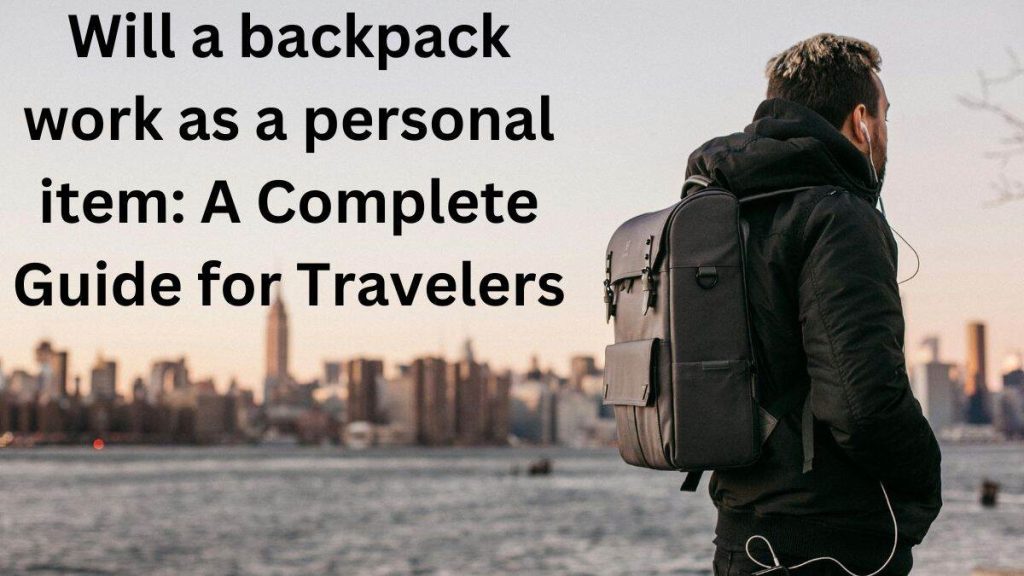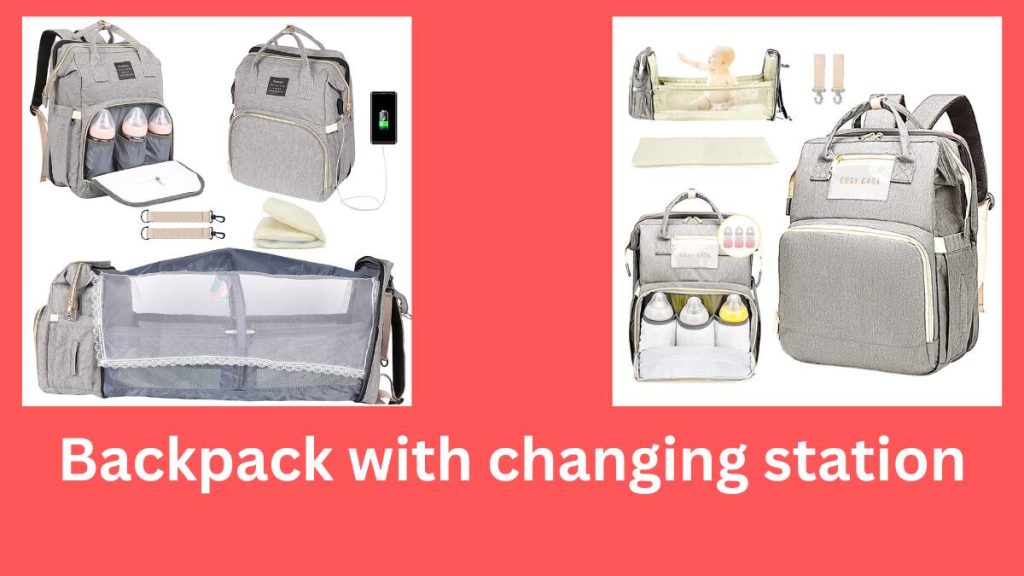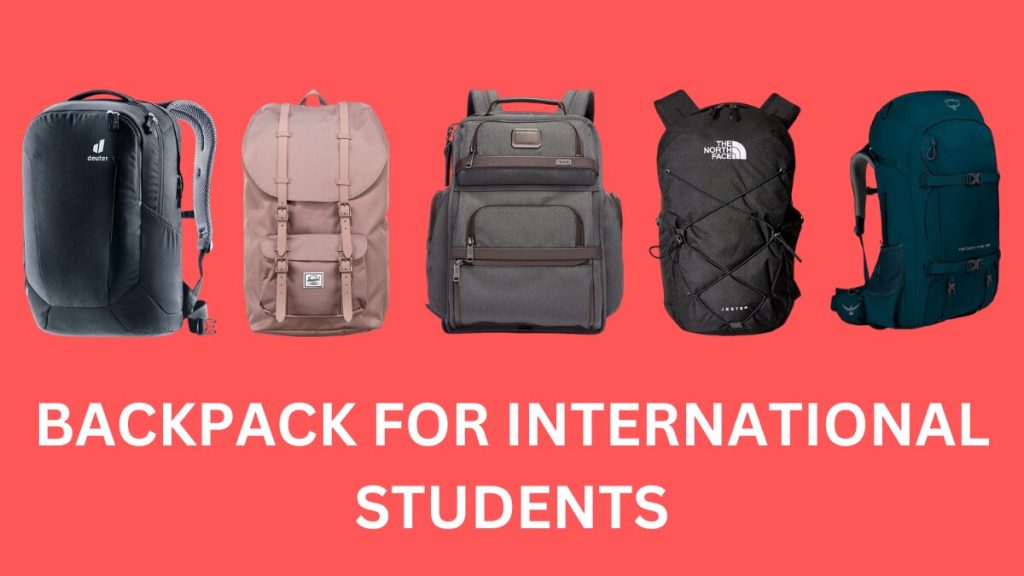Traveling with a backpack often raises questions about baggage policies, especially when it comes to budget airlines or flights with restrictive carry-on rules. One of the most common inquiries among travelers is, “will a backpack work as a personal item?” Understanding this question is essential to avoid unexpected fees and ensure a smoother travel experience. A backpack can be a versatile and practical choice, as it provides ample storage, is easy to carry, and frees up your hands. However, whether it qualifies as a personal item depends on the airline’s specific regulations, which often specify size limits and guidelines for personal items.
will a backpack work as a personal item
Typically, a personal item is any small bag that can fit under the seat in front of you, and many backpacks can meet these requirements, but there are important factors to consider. Not all backpacks are created equal in size and shape, and overpacking can push a backpack beyond the personal item threshold, making it count as a carry-on bag instead. In this article, we’ll explore the types of backpacks that generally meet personal item guidelines, offer tips for packing efficiently, and help you determine if your backpack will work as a personal item on your next flight.
What Counts as a Personal Item?
Airlines usually define a personal item as a bag that fits under the seat in front of you. Examples include small backpacks, purses, laptop bags, or briefcases. The exact size varies by airline, but personal items are generally smaller than carry-on luggage. Checking with your airline’s specific requirements can ensure your backpack qualifies.
Can a Backpack Qualify or work as a Personal Item?
Yes, a backpack can often qualify as a personal item when traveling, but certain factors play a role in determining if it truly meets an airline’s standards. Most airlines define a personal item as something small enough to fit under the seat in front of you, such as a laptop bag, small duffel, or compact backpack. The key factor is size, as personal items have to be small and unobtrusive. A compact backpack can easily meet these requirements if it’s slim, minimally packed, and designed with a low-profile shape. In contrast, larger hiking or travel backpacks are unlikely to pass, even if they contain fewer items, due to their bulk and structure. Understanding the parameters for personal items is crucial to avoid surprise baggage fees or delays at the gate, especially with budget airlines that tend to be stricter on carry-on policies.
Additional Tips for Using a Backpack as a Personal Item:
- Check Airline-Specific Regulations: While the general guidelines are similar, specific airlines may have slightly different rules regarding personal item size and weight. Always consult your airline’s website or contact them directly to ensure compliance.
- Utilize Organizational Tools: Packing cubes, pouches, and other organizers can help keep your belongings neatly packed and easily accessible. This can also help you maximize the space within your backpack.
- Consider a Backpack with a Laptop Sleeve: If you’re traveling with a laptop, a backpack with a dedicated laptop sleeve can protect your device and keep it organized.
- Wear Your Heaviest Items: If you’re carrying heavier items like a jacket or sweater, wear them on the plane instead of packing them in your backpack. This can help reduce the overall weight of your carry-on.
- Prepare for Security: Keep items like liquids, gels, and electronics easily accessible for security screening. Having them in a separate pouch can streamline the process.
By following these tips, you can effectively use a backpack as your personal item, making your travel experience more convenient and hassle-free.
Would you like to know any other travel tips or have specific questions about packing or airline regulations?
Benefits of Using a Backpack as a Personal Item
A backpack is more than just a bag; it’s a practical and stylish travel companion that offers numerous benefits. By understanding the advantages of working a backpack as a personal item, you can optimize your travel experience and ensure a comfortable and organized journey.
Hands-Free Convenience: Enhancing Mobility and Efficiency
One of the most significant advantages of using a backpack as a personal item is the hands-free convenience it provides. With your belongings securely stored in a backpack, you’ll have both hands free to navigate airports, train stations, and crowded city streets with ease. This increased mobility allows you to move quickly and efficiently, without the hassle of carrying multiple bags or struggling with luggage.
Furthermore, a backpack can significantly improve your overall travel experience by reducing physical strain. When you carry a heavy bag on one shoulder or in your hand, it can lead to discomfort, pain, and even injury. In contrast, a well-designed backpack distributes the weight evenly across your back and shoulders, minimizing the risk of strain and promoting better posture.
Organized Travel: Maximizing Space and Accessibility
A backpack is an excellent choice for organized travel, as it offers multiple compartments and pockets to keep your belongings neatly arranged. By categorizing your items, you can quickly locate what you need, whether it’s your passport, boarding pass, or a snack. Many backpacks also feature specific compartments for laptops, tablets, and other electronic devices, ensuring their safety and protection during transit.
By utilizing a backpack’s various compartments, you can optimize your packing strategy and maximize the space available. This is especially important for travelers who prefer to pack light, as it allows you to carry all your essentials without sacrificing comfort or style.
Comfort and Ergonomics: Prioritizing Physical Well-being
When choosing a backpack as a personal item, it’s crucial to prioritize comfort and ergonomics. A well-designed backpack should fit snugly against your back, with adjustable straps to accommodate your body shape and size. Look for backpacks with padded shoulder straps and a supportive back panel to reduce pressure points and prevent discomfort.
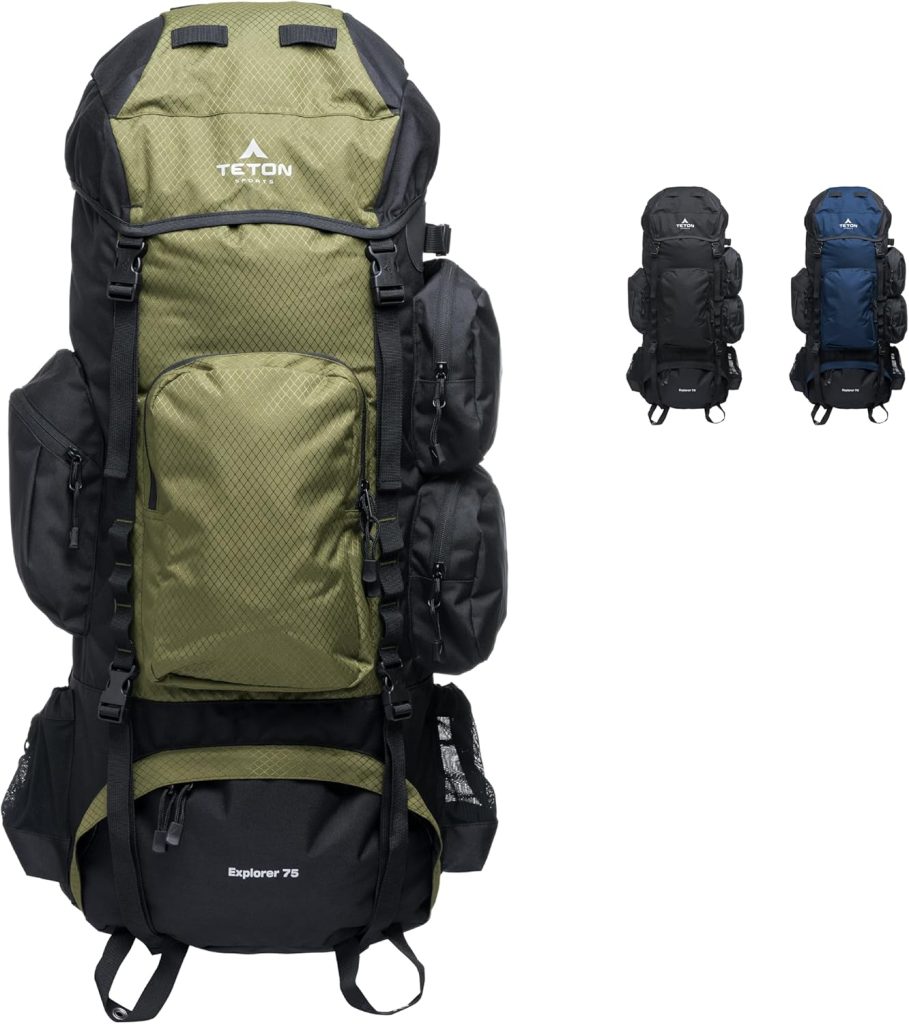
Ideal Types of Backpacks for Personal Items
When selecting a backpack as a personal item, consider its size, weight, and features. Certain types of backpacks are particularly well-suited for this purpose.
Laptop Backpacks: A Tech-Savvy Traveler’s Choice
Laptop backpacks are designed to protect and carry your laptop, making them an excellent choice for frequent travelers. These backpacks often feature a dedicated, padded compartment for your laptop, ensuring its safety during transit. Additionally, they typically have multiple compartments and pockets for organizing other essential items, such as chargers, cables, and documents.
While laptop backpacks are ideal for carrying your tech gear, it’s important to choose one that meets airline size and weight restrictions for personal items. Look for slim, streamlined designs that prioritize functionality and portability. Some laptop backpacks even have a trolley sleeve, allowing you to slide it over the handle of a wheeled suitcase for easier transport.
Daypacks: The Minimalist’s Essential
For travelers who prefer to pack light, a daypack is an excellent option. These compact and lightweight backpacks are perfect for carrying essential items, such as a passport, wallet, phone, and a small book or tablet. Daypacks often have a simple design with a single main compartment and a few smaller pockets.
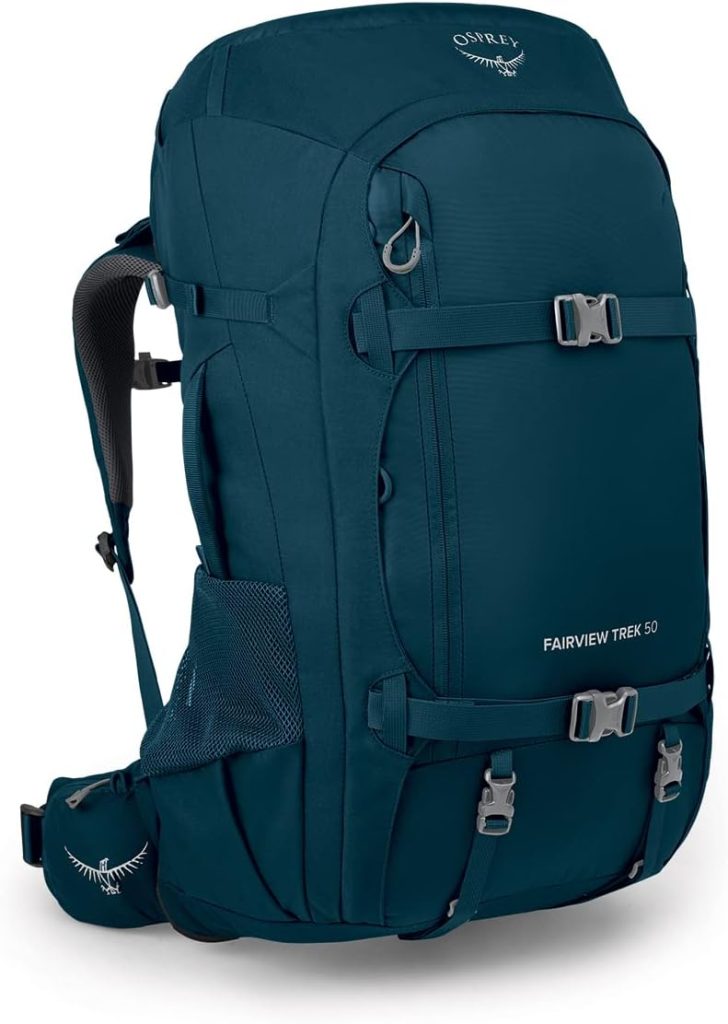
When selecting a daypack for personal item use, consider its size and weight. Ensure that it meets the specific requirements of your airline. Some airlines have strict size limits for personal items, so it’s important to choose a daypack that fits within these guidelines.
Convertible Backpacks: The Ultimate in Versatility
Convertible backpacks offer the best of both worlds, seamlessly transitioning from a backpack to a tote bag. This versatility makes them ideal for travelers who need a bag that can adapt to different situations. When you’re on the go, you can wear the backpack for hands-free convenience. Once you reach your destination, you can convert it into a tote bag for easier access to your belongings.
Convertible backpacks often have multiple compartments and pockets to keep your items organized. They may also feature features like padded laptop sleeves, water bottle holders, and luggage straps. When choosing a convertible backpack for personal item use, consider its size and weight when in backpack mode. Ensure that it meets the airline’s specific requirements for personal items.
Efficient Backpack Packing: A Step-by-Step Guide
Packing your backpack efficiently is key to a comfortable and stress-free travel experience. By following these tips, you can maximize space, minimize weight, and ensure easy access to your belongings:
1. Roll, Don’t Fold:
- Space-Saving Magic: Rolling your clothes instead of folding them can significantly reduce the amount of space they take up in your backpack. This technique not only saves space but also helps prevent wrinkles.
- The Rolling Technique: Lay your garment flat, roll it tightly from one end to the other, and secure it with a rubber band or clothing clip.
2. Harness the Power of Packing Cubes:
- Organized Travel: Packing cubes are a game-changer for organized travel. They help you compartmentalize your belongings, making it easier to find what you need.
- Efficient Packing: By grouping similar items together in packing cubes, you can maximize space and minimize the risk of items getting lost or crushed.
3. Prioritize Essentials:
- Easy Access: Pack the items you’ll need during your flight, such as your passport, boarding pass, and any essential medications, in a readily accessible pocket or compartment.
- Layer Your Bag: Place heavier items at the bottom of your backpack and lighter items on top. This will help distribute the weight evenly and prevent your bag from becoming top-heavy.
Additional Tips:
- Utilize Every Inch: Make the most of your backpack’s space by filling any gaps with smaller items like socks, underwear, or chargers.
- Weigh Your Bag: Before heading to the airport, weigh your backpack to ensure it complies with your airline’s carry-on weight restrictions.
- Consider a Backpack with a Laptop Sleeve: If you’re bringing a laptop, choose a backpack with a dedicated, padded sleeve to protect it from damage.
- Pack a Versatile Outfit: Consider packing a versatile outfit that can be mixed and matched to create different looks. This will help you reduce the number of clothes you need to pack.
- Pack Light: The lighter your backpack, the easier it will be to carry. Avoid packing unnecessary items that will only add weight.
By following these tips, you can pack your backpack efficiently and ensure a smooth and enjoyable travel experience.
Navigating Airline Regulations: Ensuring Your Backpack Meets the Criteria
When planning your travel, it’s crucial to familiarize yourself with the specific rules and regulations of your airline, particularly regarding personal items. While backpacks are often a convenient and practical choice, it’s essential to ensure that your chosen backpack meets the airline’s size, weight, and content restrictions.
Understanding Airline Policies on Personal Items
Airline policies regarding personal items can vary significantly, even among different airlines within the same country. Factors such as the type of aircraft, the specific route, and the class of travel can influence the allowed size and weight of personal items.
To determine will a backpack work as a personal item, it’s essential to consult the airline’s website or contact their customer service directly. They can provide you with the most up-to-date information on their specific requirements.
Key Factors to Consider:
- Size Restrictions: Most airlines have specific dimensions for personal items. Ensure that your backpack’s length, width, and height are within the allowed limits.
- Weight Restrictions: In addition to size, airlines often impose weight restrictions on personal items. It’s crucial to weigh your backpack before your flight to avoid any unexpected fees or issues at the airport.
- Content Restrictions: Some airlines have restrictions on the types of items that can be carried as personal items. For instance, certain items, such as liquids, gels, and aerosols, may need to be placed in clear, quart-sized bags and stored in checked baggage.
Tips for Navigating Airline Regulations:
- Check the Airline’s Website: Visit the website of your airline to find the most accurate and up-to-date information on their personal item policies.
- Contact Customer Service: If you have any questions or concerns, don’t hesitate to contact your airline’s customer service department. They can provide you with specific guidance and help you avoid any potential issues.
- Pack Light: The lighter your backpack, the easier it will be to carry and the more likely it is to meet airline weight restrictions. Prioritize essential items and pack efficiently.
- Choose a Versatile Backpack: A versatile backpack that can adapt to different situations can be a valuable asset. Look for backpacks with multiple compartments, padded laptop sleeves, and comfortable straps.
By understanding and adhering to airline regulations, you can ensure a smooth and hassle-free travel experience. By taking the time to research and plan, you can confidently choose a backpack that meets your needs and complies with airline policies.
Conclusion: will a backpack work as a personal item
By carefully considering the factors discussed above, you can confidently determine will a backpack work as a personal item for your specific travel needs. Remember to prioritize comfort, functionality, and compliance with airline regulations. By selecting the right backpack and packing efficiently, you can ensure a smooth and enjoyable travel experience.
We encourage you to share your experiences and insights in the comments section below. Have you successfully used a backpack as a personal item? What tips do you have for fellow travelers? Your feedback can help others make informed decisions and optimize their travel plans.
Don’t forget to like and share this post to help others benefit from this information. Safe travels!

